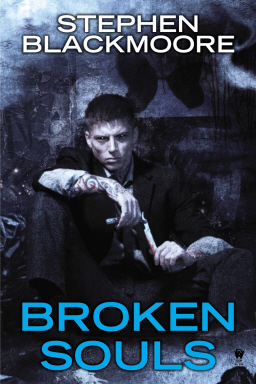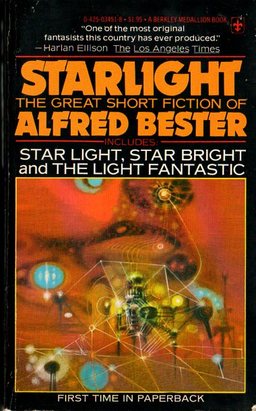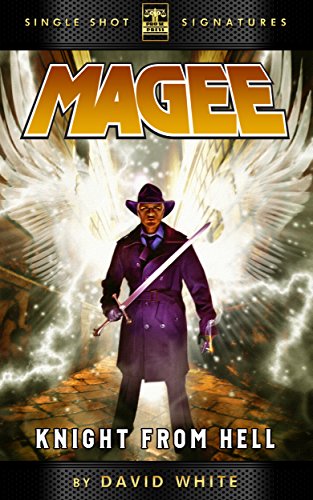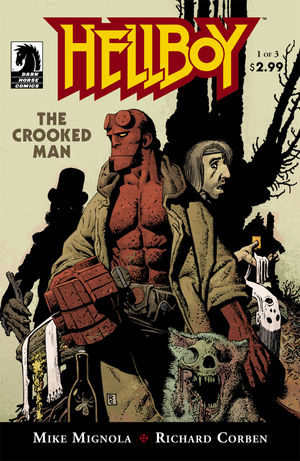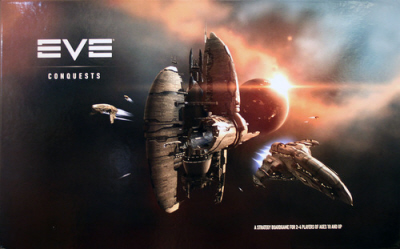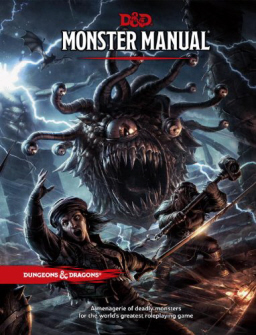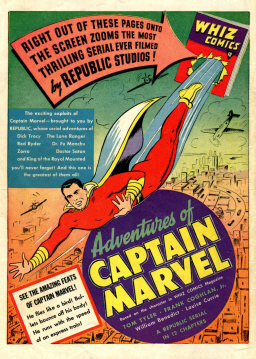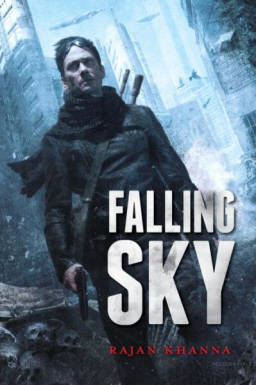Traveling Gunslingers, Exorcists, and Zeppelins: A Review of Dead Man’s Hand
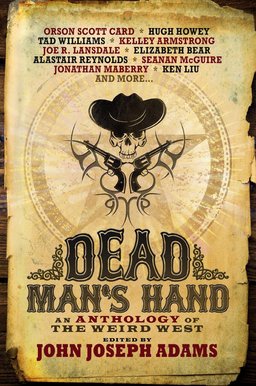 As a kid, I remember my grandfather’s shelves lined with multiple copies of Zane Grey and Louis L’Amour westerns with titles like Wild Horse Mesa, Crossfire Trail, and Fair Blows the Wind.
As a kid, I remember my grandfather’s shelves lined with multiple copies of Zane Grey and Louis L’Amour westerns with titles like Wild Horse Mesa, Crossfire Trail, and Fair Blows the Wind.
I never actually read any (even today). Which is no knock against my grandfather’s tastes… my grandmother’s shelves were equally burdened with mysteries, primarily Agatha Christie, which I also never read (to date, I’ve only read one Agatha Christie novel).
But I actually adore a lot of movie westerns, especially classics with actors like John Wayne or Clint Eastwood. Though I admit that I mostly like the spaghetti (i.e. Italian or Italian influenced) side of the genre.
I also love SF&F, and it has seen its share of experimental westerns crossovers. For example, we had the not-so-great 2011 Cowboys and Aliens, the perhaps even worse 1999 Wild Wild West, the fairly flat 1973 sci-fi Westworld, and the OK 1969 The Valley of Gwangi.
Fortunately there are have been some excellent exceptions as well, especially in the horror sub-genre, such as 1987’s Near Dark, the 1990 camp classic Tremors (though with less-successful sequels), 2008’s The Burrowers, and the outstanding 2011 zombie flick Exit Humanity.
But can the western genre mix well with SF&F in written word?
You bet it can! Though I’m sure there are forerunners to it, my first foray into such western cross-pollination is the latest anthology from John Joseph Adams called Dead Man’s Hand: An Anthology of the Weird West.
Besides being the editor of Lightspeed, Fantasy, and Nightmare magazines and co-hosting his own geeky podcast, Adams is also the editor of several acclaimed SF&F anthologies. The ones that I have read and enjoyed are his 2012 Epic: Legends of Fantasy and his very successful 2008 The Living Dead, but I’ve heard great things about his others as well.
